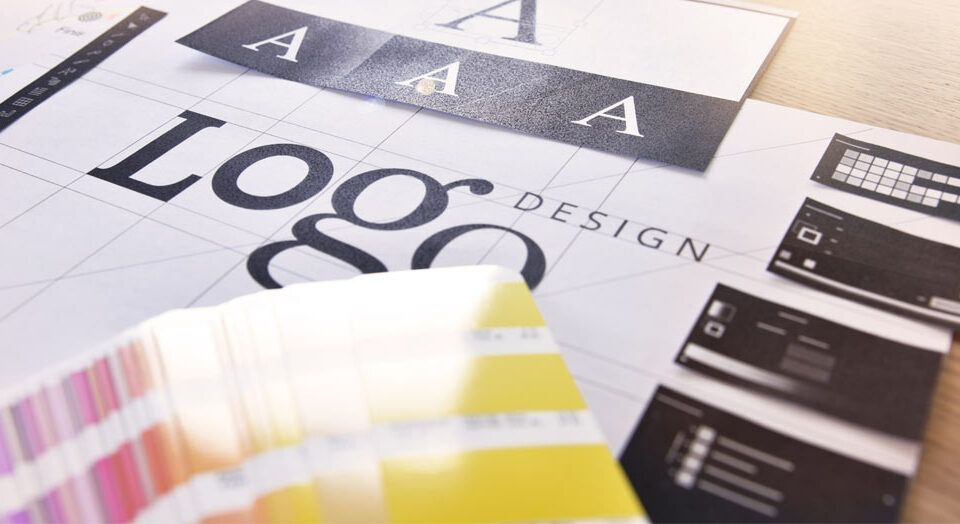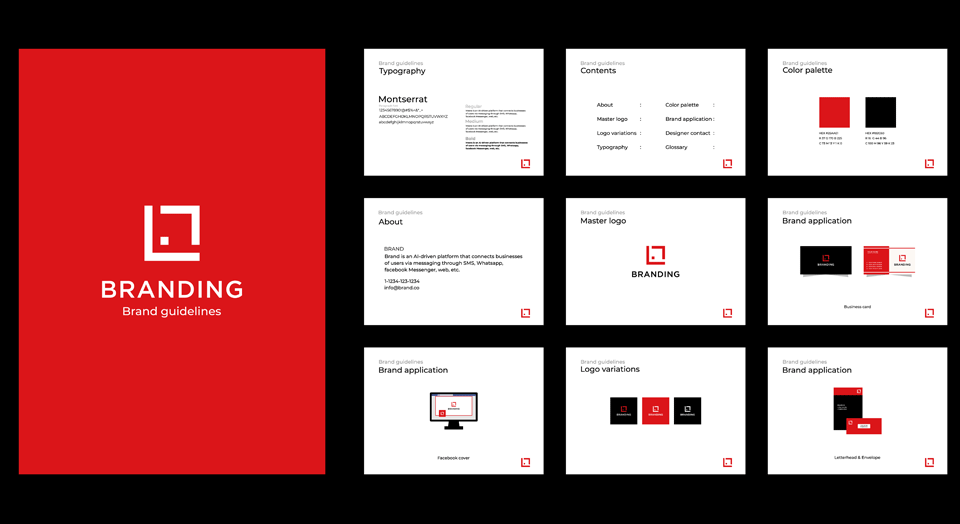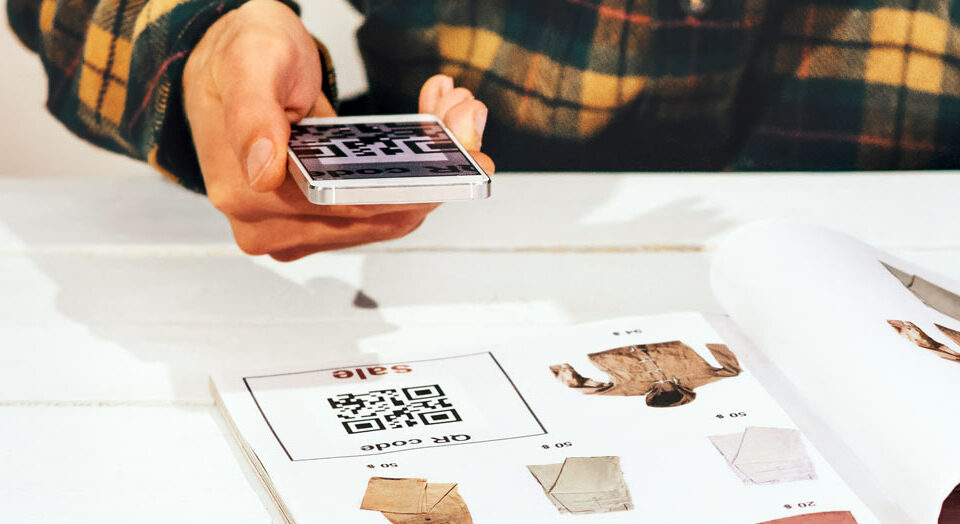
5 Steps to Planning Your Way to Print Project Success
October 17, 2020
A Direct Mail Checklist
October 27, 2020Using Perceived Value To Enhance Your Brand Marketing

As a businessperson, you already know that you need to provide value to customers to succeed. How do you do this? You begin by providing a good-quality product or service at a fair price, and offering top-notch customer service. But, you may be overlooking the idea of perceived value and how it can influence your customers’ buying decision.
What is perceived value? In marketing terminology, perceived value is the customers’ evaluation of the quality of a product or service and its ability to meet their needs and expectations, both in relation to the cost and compared to the offerings of your competition.
There are several ways companies can increase the perceived value of their product or service so customers feel that they are getting the best deal. Using these techniques when marketing your brand can significantly improve your bottom line.
Create Product Hysteria
Every winter holiday, toy makers become experts at creating hysteria over the fear of missing out. Parents will go to all lengths to buy the hottest toy. You may recall the demand for Beanie Babies, Cabbage Patch dolls, and Transformers. Toy companies play with consumer’s emotions to create that must-have feeling so that their child may find the hottest toy under the tree. Create that same type of hysteria in your customer base.
Harness the Power of Reviews
You should harness the power of reviews. According to Bright Local’s study, 84% of people trust online reviews as much as if a friend was making the recommendation. Additionally, the average consumer spends 13 minutes and 45 seconds reading a company’s reviews before making a buying decision. Therefore, you need to make it easy for customers to find your reviews.
Consider Charm Pricing
One of the oldest marketing techniques is to round a product’s price up to the nearest whole number. Then, drop the price by a penny or a nickel. For example, the new shirt you have been eyeing may have a rounded price of $20, but you will find it for $19.95. Consumers are used to seeing a penny knocked off, but you can surprise them when you take a nickel off the price. J.C. Penny is a master at this when it comes to Sports Fan shop because every one of their shirts ends in .95.
Charm pricing works best on emotional purchases, like clothes, where the customer may not have a need in the first place but makes an impulse buy. If your business deals more with got-to-have products, like groceries, then leaving your prices at the rounded-up number may work best in your situation. While you can find an exception or two, look at the prices on larger generators from Sam’s Club.
You should always do A/B testing to see what works best with your customer base. In addition to this technique working better with emotional purchases, you are likely to find that it works better on business-to-consumer purchases than on business-to-business purchases.
 Remove Clutter
Remove Clutter
If you provide prices to customers online or on a paper, then try removing as much clutter from the page as possible. Many in the restaurant industry use this trick by removing dollar and cent signs from their menu.
According to the International Journal of Hospitality Management, diners at upscale-casual restaurants spend about 8% more when monetary symbols are eliminated from the menu. The reason may be that seeing a dollar or pound sign is a reminder of the paying for the food.
Compare to Manufacturer’s Suggested Retail Price
If you sell a large volume of merchandise, consider if you can take a smaller profit on each sale. Then, show the consumer the money they are saving off the product by doing business with you. Often, you will find a car dealership doing this type of advertising.
Add Discount Verbiage
Try adding percent-off verbiage to your ad for an even more significant boost to your profits. The truth is that many people have trouble doing math in their heads, and even the ones who can generally just don’t like doing it. Make it easy for consumers to see that you are giving them a better deal.
Use Memorable Value-Added Content
Especially if you are selling online, look at the words you use to convince customers to tap the buy-now button. The more personal that you can make these words, the more sales that you will complete. Your call-to-action should communicate value to the consumer.
Many restaurants, including Subway, do a great job of this with buy one get one free offer.
Additionally, use value-added verbiage when you need to upsell customers. Florists often do a great job of this, including FTD. They may offer the same bouquet in several different sizes or offer add-ons such as teddy bears or cookies.
Create a Short Story
Stories create memories in user’s minds, and those memories will help you sell more products. Artsy does an outstanding job of writing artist stories, and they display them with every piece of art available on their site.
After writing more than 7,000 artist bios, they have some pointers that may be very applicable regardless of your chosen field.
- Educate your target audience without hard selling.
- Naturally mention distinctions without giving a laundry list of accomplishments.
- Use language that connects with your audience while avoiding industry jargon they may not comprehend.
- Get harsh with the editing as your customers will see it as a reflection of the quality of your work.
- Avoid information in your storytelling that your customers will see in other parts of the advertising.
- Always do A/B testing to know which stories connect with your audience better.
Over the decades, many brands have been very successful at storytelling, helping to build their company’s name. You may remember Maytag’s lonely repairman, Budweiser’s clydesdales, Geico’s gecko, and Kellogg’s Tony the Tiger.
Select Your Images Carefully
Most people assume that a larger image will hold the viewer’s attention longer, but studies found that is not always the case. A study conducted by the CXL Institute using heat mapping found that larger images held a viewer’s attention longer on products where specifications are essential. On products where experience and design influence buying, then smaller images hold the viewer’s attention longer.
This study examined a man’s dress shirt and found that the perceived value was $33 when a small image was used and $31.92 when a large image was used. CXL Institute used a hard drive as their specification-heavy object. In that case, they found that viewers perceived the value to be $161.25 when a small image was used and $174.81 when a large image was used.
Develop a Luxury Brand
This may be the most difficult to achieve, but if you can market your product or service as a luxury brand, the demand created will increase perceived value.
For instance, consumers can get from point A to point B in a Ford or Chevrolet, so why spend more for a Rolls Royce? And any handbag can carry your personal items, so what makes Coach or Gucci bags so expensive?
The answer? We perceive those to be high-value luxury brands. This principle can be applied across many different industries.
It takes hard work and perseverance to create value in the customer’s mind. If you need help applying these principles, please don’t hesitate to contact us.






